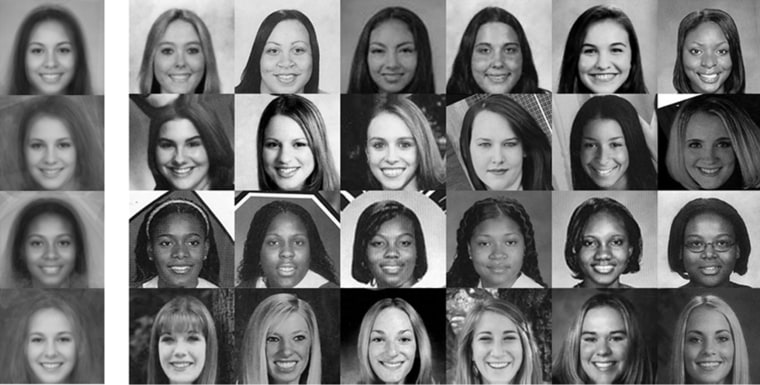With selfies full of grinning faces filling every corner of social media, it's hard to imagine we’ve ever favored any other expressions while posing for photos.
Now, a new study shows the evolution of smiles in yearbook pictures over the last 110 years, starting with a time when somber looks ruled and toothy laughs were rare.
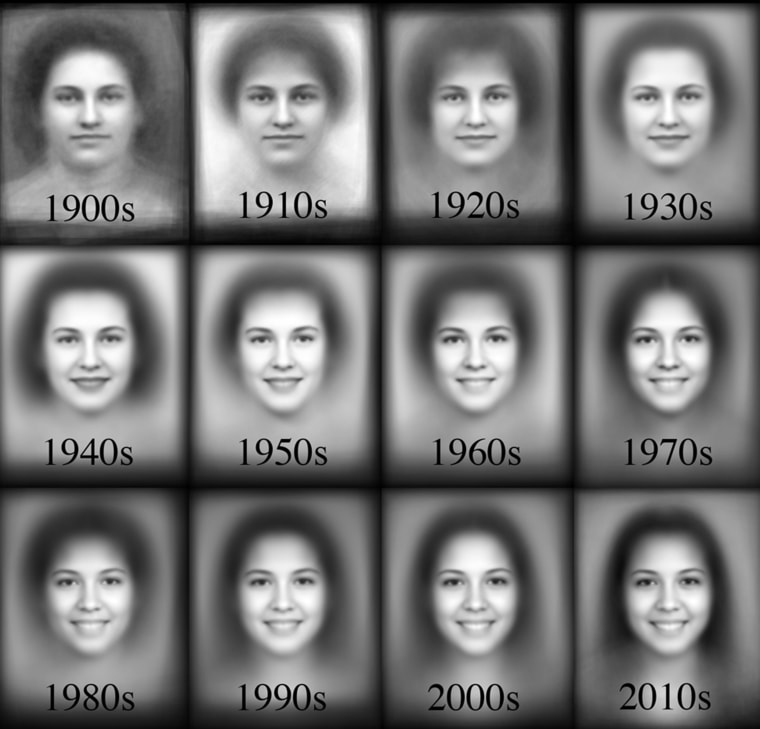
“The moment you look at a lot of data over such a long time, smiling just pops out,” lead author Shiry Ginosar told TODAY.
“It’s just so obvious that people didn’t smile, and now they do. That’s one of the first things we noticed.”
With many libraries now scanning their yearbook archives, Ginosar — a doctoral student in the computer sciences department at the University of California Berkeley — and her colleagues collected hundreds of U.S. high school yearbooks published from 1905 to 2013.
Read more: Smile secrets: 5 things your grin reveals
After removing photos of students who weren’t directly facing the camera, they were left with almost 38,000 images to analyze.
“It’s a really cool set of data because for over 100 years, people have taken basically exactly the same portraits,” Ginosar said.
“So you can really separate out what changes over time.”
With the help of software that examined the lip curvature of the teens in the pictures, the authors computed their “smile intensity metric” and charted it over time. They also combined all the pictures to create average, or composite, images of the boys and girls by decade.
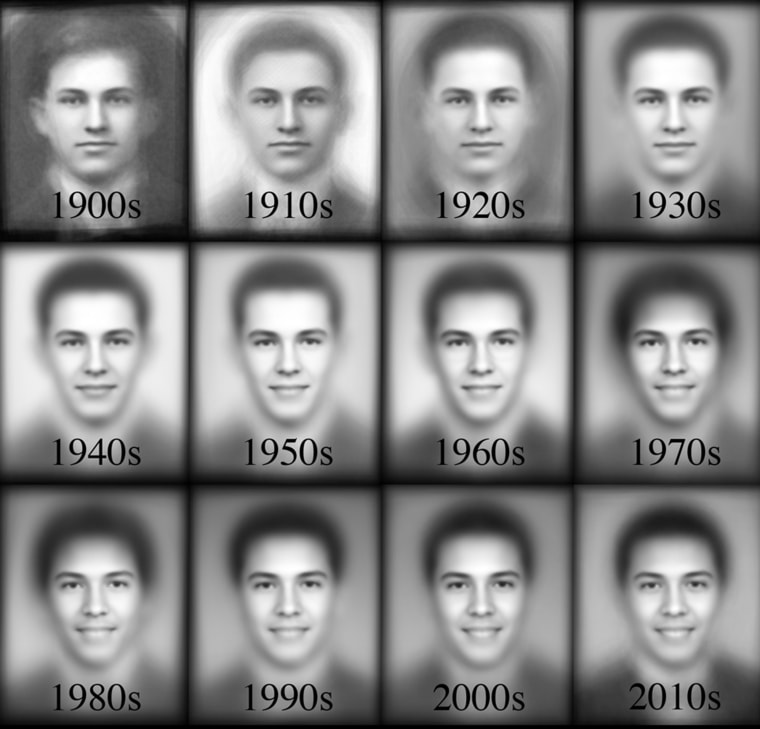
What emerged was a “rapid increase” in the popularity and intensity of smiles in photos from the 1900s to the 1950s. There was a dip between 1950 and 1970 —"there are all kinds of things that happened during that time in American history," Ginosar said — but beaming faces still dominate portraits today.
As for why that’s happening, the authors cite research by Christina Kotchemidova, a professor who has studied smiling in pictures. Some possible reasons:
- When photography was new, people still followed the conventions of painted portraits, which required a long time to complete and made holding a smile impractical.
- Early beauty standards called for small mouths, with photographers instructing subjects to “say prunes” rather than “cheese.” Changing standards, along with better dentistry, encouraged people to smile broadly.
- In an effort to get more people to buy cameras, advertising connected photography with happy occasions such as vacations or parties, where the subjects were invariably smiling.
The analysis also found women smiled much more than men in photos, which was consistent with previous studies.
Another striking part of the paper visualizes the changes in style over time. The authors looked for typical hairstyles and accessories of each decade — asking, for instance, "What makes the '60s look like the '60s?" — then included a cluster of photos that best represented that look.
The left-most entry in each row in the photos below shows the composite image.
1930s
Finger waves rule.

1940s
Pin curls are big.
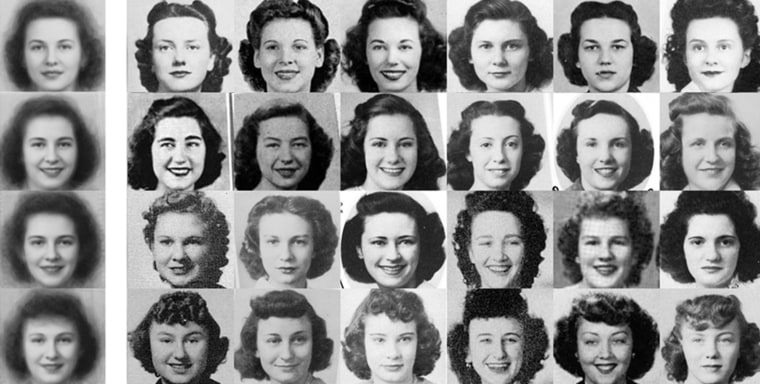
1950s
Pin curls are big, the sequel.
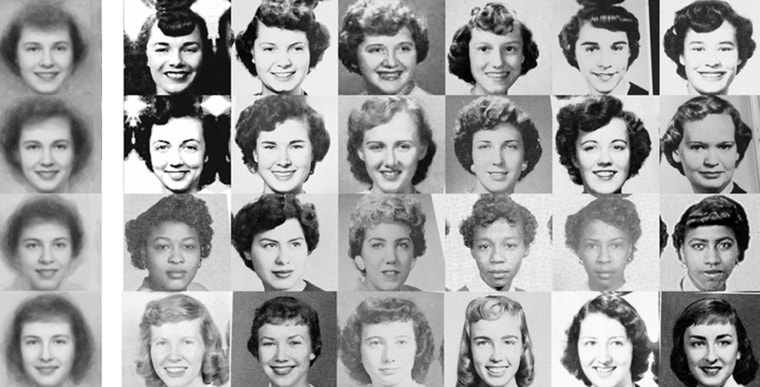
1960s
It's the era of the bob, the "winged" flip, the bubble cut, plus cat eye glasses.
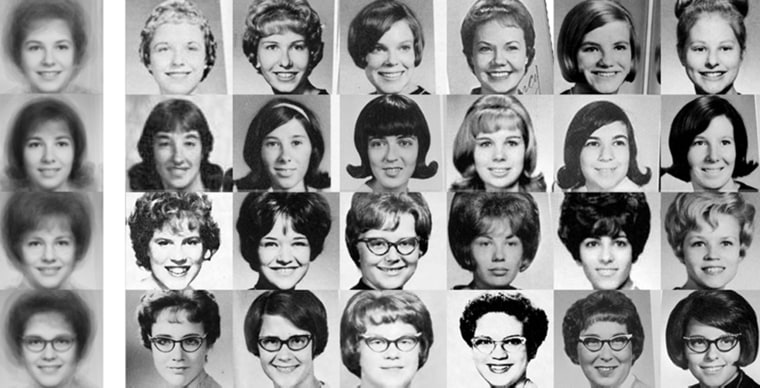
1970s
Long, straight hair and Afros are in fashion.
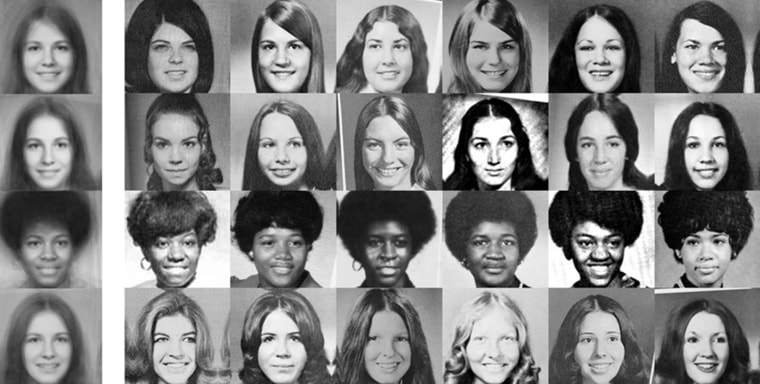
1980s
Perms and bangs!
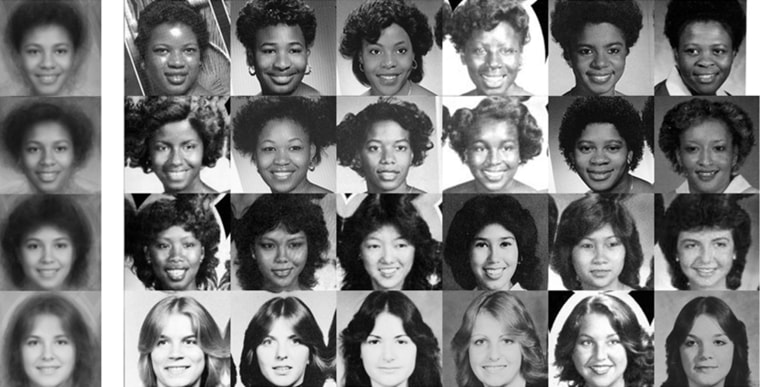
1990s
Can you say feathered bangs?
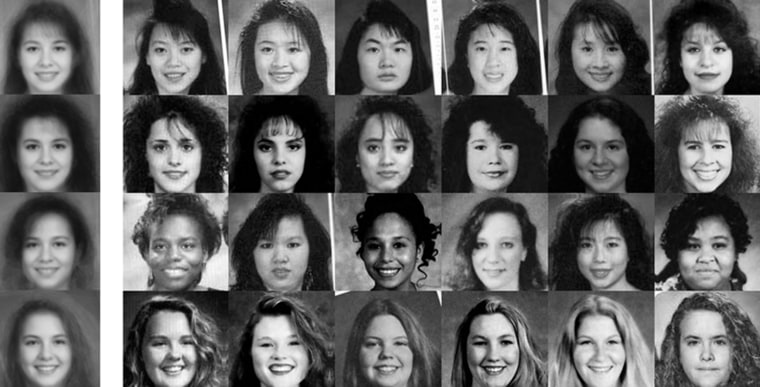
2000s
Long, straight hair is big again.
